We are always reminded about the importance of safe driving. But, what does that mean?
Use eTags© to Quickly Complete Your DMV Service. Renewals, Title Transfers and More, All Online!
Safe driving refers to the ability of a person to be both physically and mentally prepared to drive.
It seems to be the best practice for everyone but, what is aggressive driving?
The National Highway Traffic Safety Administration (NHTSA) defines aggressive driving as the behavior of a driver who commits a combination of traffic offences so as to endanger other people or property. That actually relates to irresponsible drivers.
Safe driving, on the other hand, reduces the chances of getting involved in a car accident, since the driver follows defensive driving approaches.
With such a comparison, drivers have the choice of being safe or putting their lives at risk. eTags recommends that drivers refrain from driving aggressively to avoid car accidents and other losses.
Practice these safe driving tips
Avoid rushing through lighter or congested traffic
In 2016, NHTSA reported 10,000 traffic fatalities in the country, which is a huge number that requires major awareness and campaigns for safer roads during peak times.
It happens that commuters react aggressively during a traffic congestion, committing violations that worsen things up.
If you follow the speed limit and avoid making unexpected dangerous maneuvers, you could give other drivers enough time to react and reduce the likelihood of getting involved in a car crash.
Forget about tailgating
Keep your distance from other vehicles for your own safety. Tailgating is a risky habit that increases the chances of getting involved in a car accident.
It’s looks a bit aggressive to other drivers to see that the vehicle behind is getting way too close. Not to mention that it also gives drivers little time to react in the event of a sudden stop.
There’s no reason why you should be follow this intimidating practice. If the vehicle in front of you is driving way too slow, try to pass the vehicle safely.
SEE ALSO: How To Be The Perfect Car Passenger (And Always Be Safe)
Using the horn repeatedly to show displeasure
Try to stay out of trouble since any minor distraction could lead to a major incident, which is typically unnecessary when all you want to do is to reach your destination.
Using the horns repeatedly causes tensions while on the road and shows very little driving etiquette to say the least.
What to do if facing an aggressive driver?
If an aggressive driver confronts you, stay calm and try not to prolong the conflict, as it could lead to a major incident you don’t want to be part of. Take control of your own emotions.
Avoiding eye contact is also a good way of reducing altercations with angry drivers. At the same time, try to keep a reasonable distance between you and the other driver.
That helps a lot when it comes to defensive driving.
Always remember that we are all humans, and we tend to make mistakes regardless of how much experience we have behind the wheel.
Sometimes a simple “sorry” gesture could help you alleviate an unnecessary confrontation.
SEE ALSO: How To Take A Good Driver’s License Photo (Tips And Tricks)

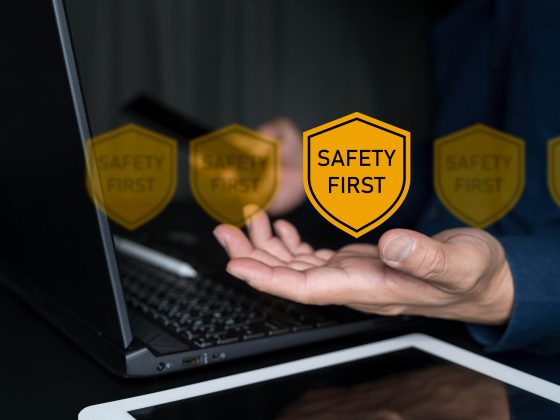

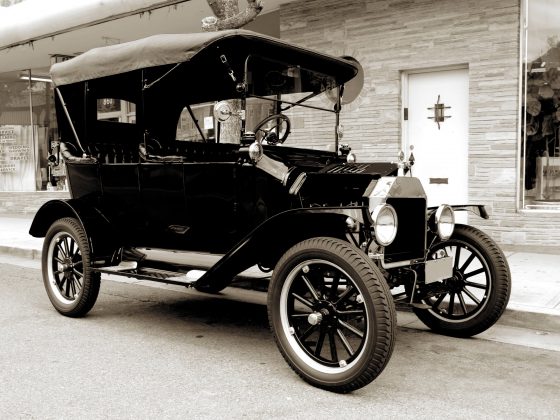
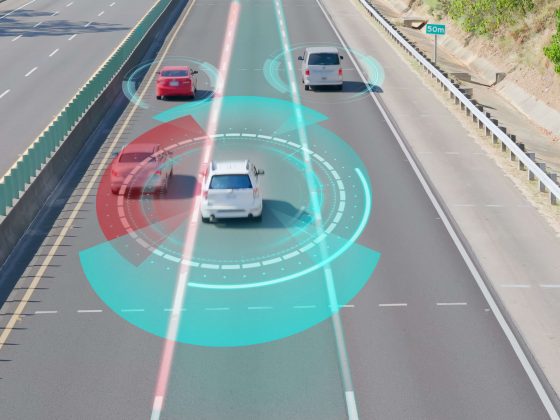
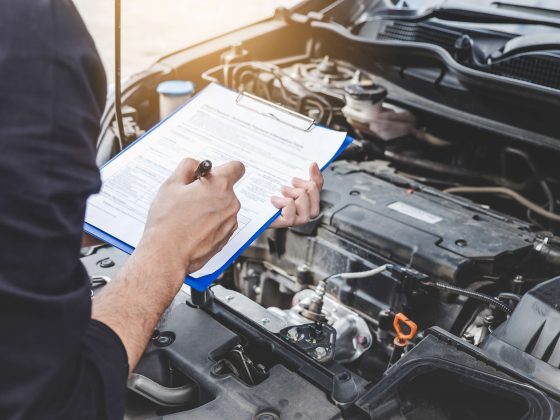
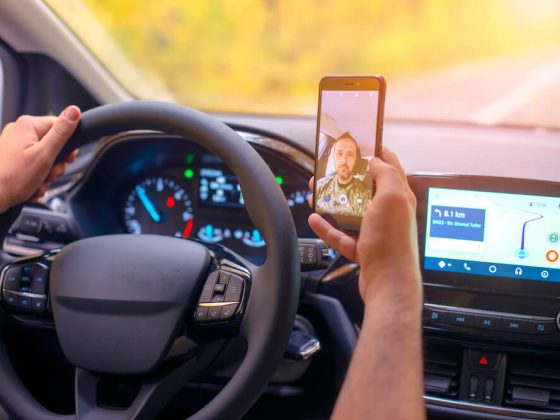
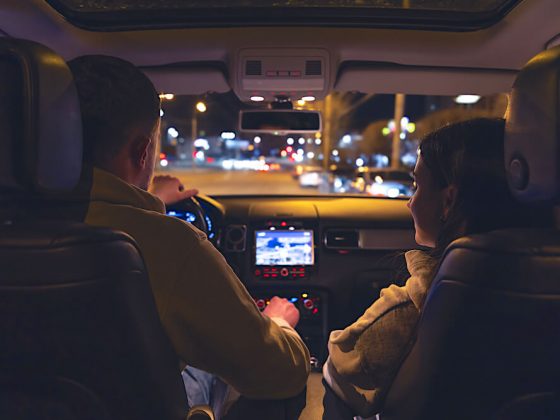
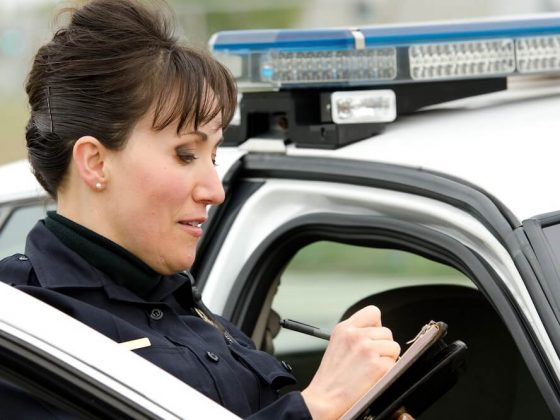
2 comments
I find that when I drive aggressively I tend to focus less and ultimately endanger myself and others more. If someone works me up on the road I drive like I normally wouldn’t. Why is this though? I know it’s unsafe yet my emotion gets the best of me still.
Hello Mike. Take this as a thought. It could be that you are giving others too much power on you. That means you are letting others have the freedom to make you react at things. Stay focused on the road, don’t let things affect you because they are not in charge of your emotions, and there’s nothing more important than your own safety. April is distracted driving awareness month, and that’s a great reason for you to reflect about your reactions while driving.